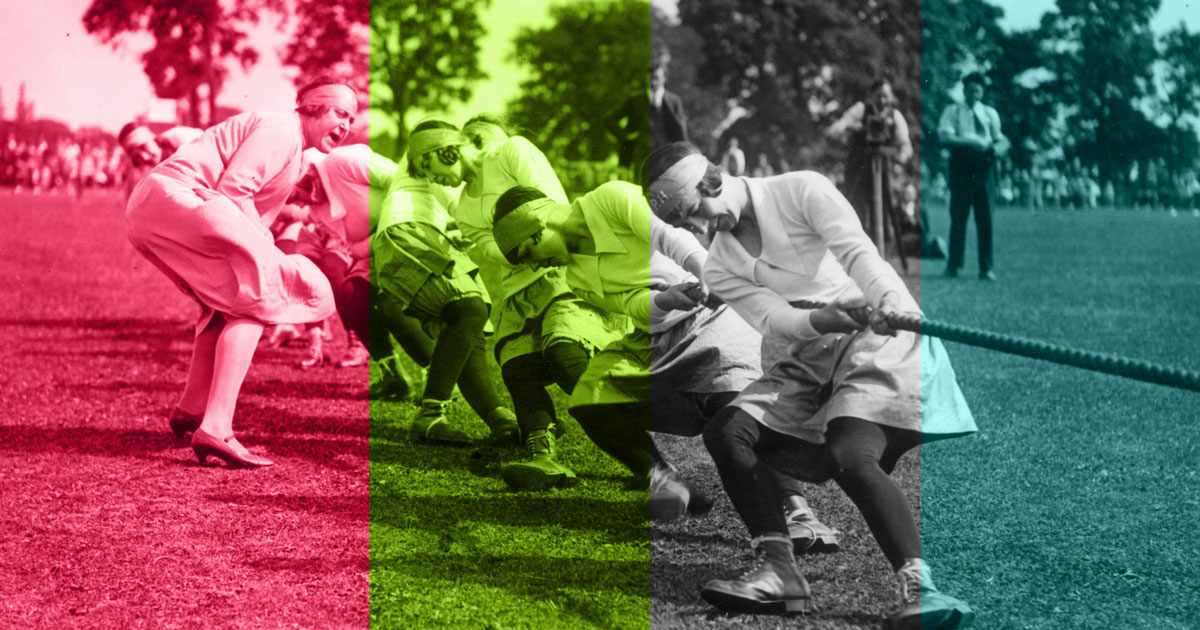Two physics articles published in October revealed some of the nuances of a well-known phenomenon: the low impact of scientific contributions made by women compared to men. One of the studies, published in the journal Nature Physics, highlighted factors that contribute to the so-called citation bias—the tendency of articles to make more references to papers by male authors than females. A group led by physicist Erin Teich of Wellesley College, a higher education institution for women in Massachusetts, USA, analyzed 1.07 million papers published in 35 physics journals between 1995 and 2020.
The team found that manuscripts for which men occupied the two most prestigious positions in the authors list—the first and the last—had a 4.23% greater chance of being cited on average. According to the results, the advantage for male researchers is boosted by references with specific profiles, coming from male colleagues and researchers with little knowledge or familiarity with the topic of the article, for example. The subject matter also seems to have an influence: journals on general topics in physics and high-energy physics had the greatest imbalances. “Deciding which papers to cite is an individual choice, but the cumulative effects of these choices needlessly harm a subset of scholars,” tweeted Dani Bassett, a neuroscientist from the University of Pennsylvania who was also an author of the Nature Physics article.
The second paper, which appeared in the journal Communications Physics, analyzed some 540,000 articles published in 11 titles over 116 years and indexed by the American Physical Society. From a total of 120,776 authors, 103,013 were male and 17,763 were female. The analysis showed that articles by women tend to have less visibility, putting them at a disadvantage in citation rankings. One of the biggest factors contributing to the higher number of citations received by male authors is “first-mover advantage.” Pairs of articles with similar scientific content were compared. The article published first tends to receive more citations, but the disparity is more significant when the earlier article’s author was a man and the later article was written by a woman. By quickly seizing new research topics, male physicists are more likely to form collaborative networks and earn recognition. “By evaluating pairs of similar papers, we discovered that first-mover advantage significantly influences citation disparity,” reports the study, led by Fariba Karimi, a computational social scientist at the Complexity Science Hub in Vienna, Austria.
Men greatly outnumber women in the physics research community. According to a 2020 study by Elsevier, of 23,376 Brazilian authors of physics and astronomy articles indexed in the Scopus database between 2014 and 2018, 71% were male and 29% were female. There is usually more of a balance in the social and health sciences, while men are a clear minority in nursing and psychology. While different disciplines have different gender profiles, citation bias against women appears to be so pervasive that even elite researchers cannot avoid it. A study published in the Proceedings of the National Academy of Sciences in September analyzed articles by members of the US National Academy of Sciences, finding that men received an average of 14,000 more citations than women throughout their lifetimes.
In addition to understanding the phenomenon, researchers have also been making progress in formulating strategies to put a stop to it. The Nature Physics article notes, for example, that the number of citations received by women was smaller in articles with short bibliographies. “This suggests the possibility that removing length limits on reference lists may be beneficial to gender equality,” said Dani Bassett. The gender disparity in citations was smaller in journals that published more articles authored by women. “This raises the possibility that increasing the number of women authors a journal publishes could lead to a decrease in gender citation imbalance,” adds Bassett, suggesting that journals publish more papers by female physicists—they could ask them to write more literature review articles, for example.
There are other ways journals can help reduce citation bias. Editors of scientific journals in fields such as sociology and political science, and more recently ecology and computer science, have adopted a strategy known as double-blind peer review, where neither the reviewer nor the author of manuscripts submitted for publication know the identity or gender of one another. This is in contrast with the approach taken by most disciplines, in which reviewers remain anonymous but the names of the authors are known. There is anecdotal evidence that the strategy helps reduce gender bias. A 2008 Trends in Ecology & Evolution article by Amber Budden of the University of Toronto showed that the adoption of double-blind peer review by the journal Behavioral Ecology in 2001 led to a 7.9% increase in the proportion of articles with female lead authors. But there is still skepticism about the effectiveness of this strategy. The changes achieved by Behavioral Ecology have not been repeated by all journals that use double-blind peer review. The number of manuscripts with preliminary versions published on preprint repositories before they are submitted for publication has risen, however, making it easy to find out who the author is.
There are a number of computer tools that help detect and prevent citation bias. One example is the Gender Balance Assessment Tool, created in 2018 by Jane Sumner, a political scientist from the University of Minnesota, to help undergraduate and graduate researchers ensure gender balance in their article bibliographies. The tool, available at jlsumner.shinyapps.io/syllabustool/, analyzes the author name of every listed reference and determines the probability of it being a man or woman. The result shows whether there is a gender imbalance, allowing authors to refine the bibliography. There are other tools that offer similar functions, such as Clean Bib, available at github.com/dalejn/cleanBib. The Nature Physics article recommends that the result of an assessment by these tools be attached to papers submitted for publication in the form of a citation diversity statement.
Republish